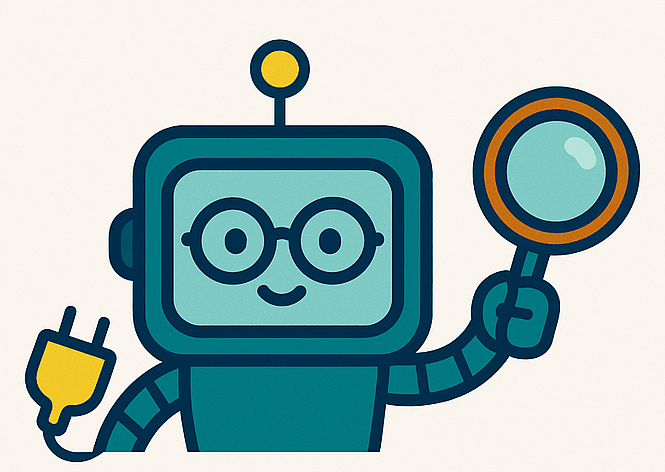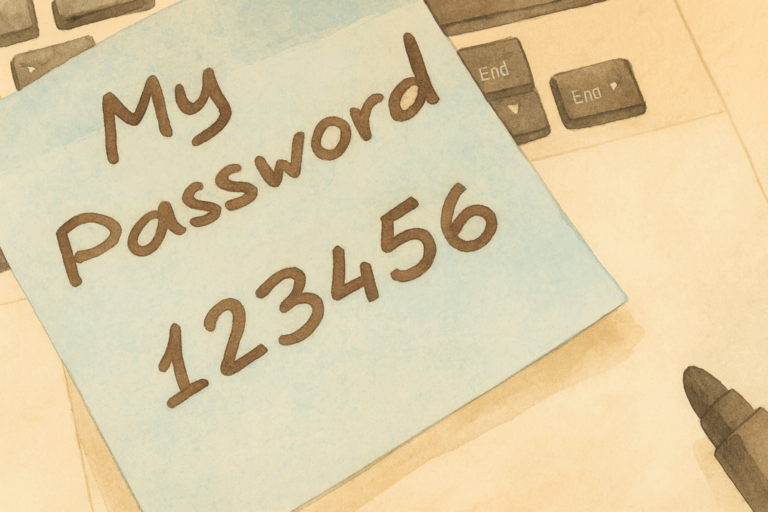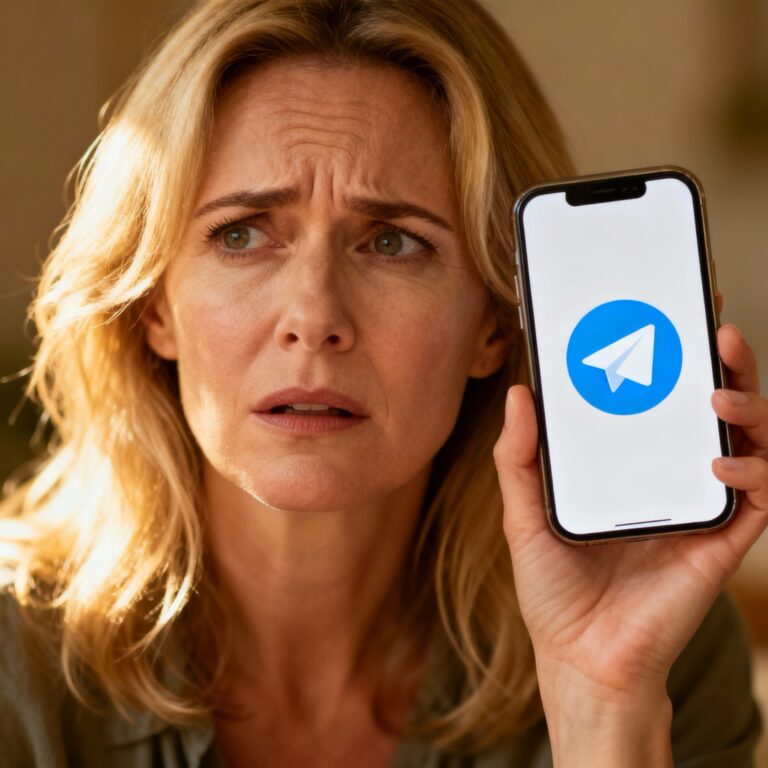The padlock isn’t everything: what HTTPS really means for your child’s safety
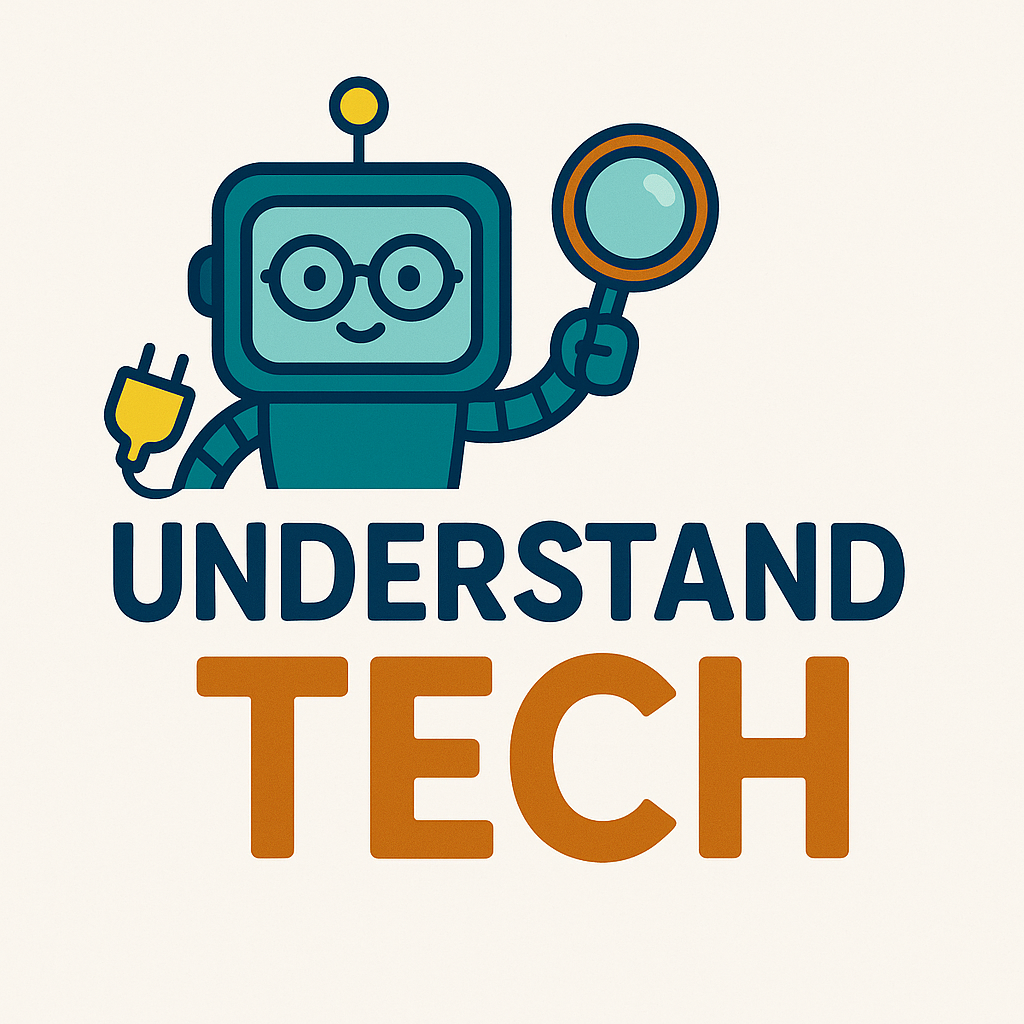
The Padlock Isn’t Everything: What HTTPS Really Means for Your Child’s Safety
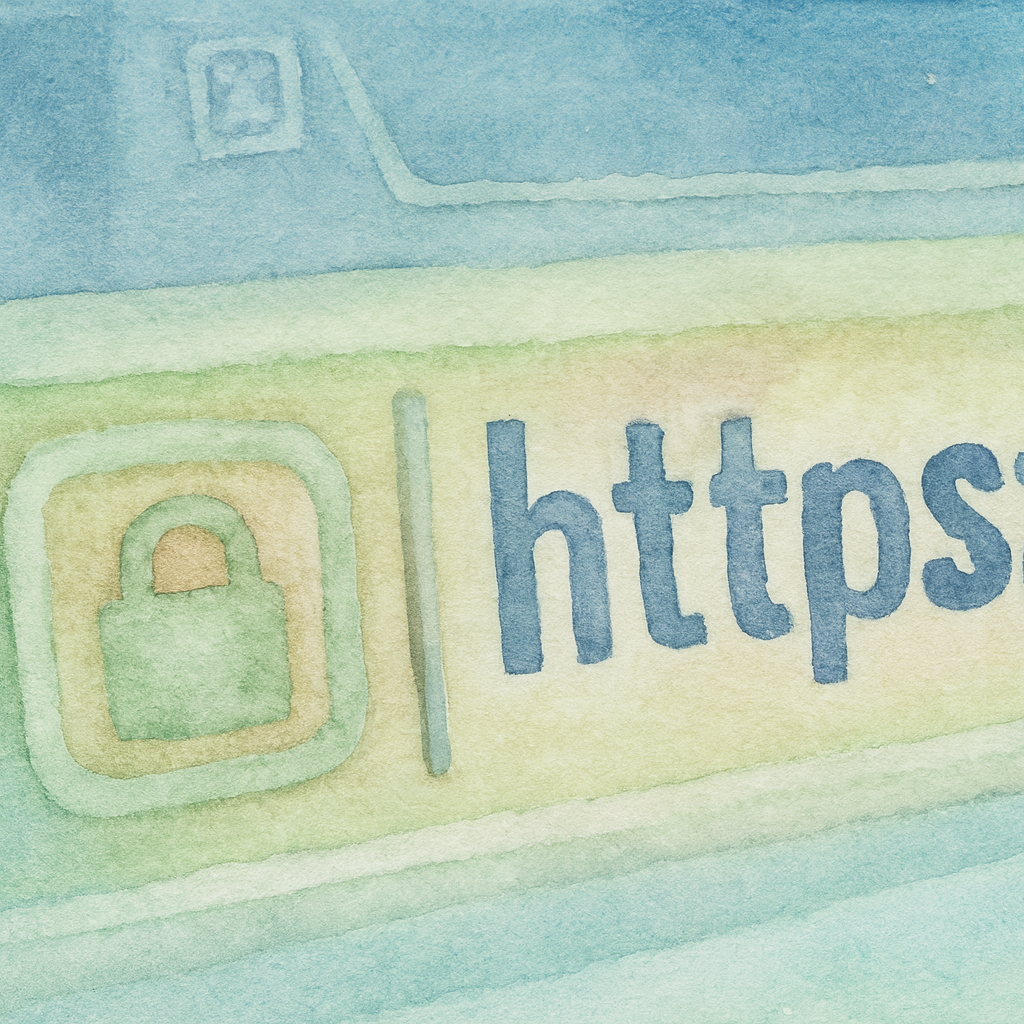
Written by a family tech consultant (and parent). Calm, practical guidance with UK-friendly help links. No gimmicks.
Short answer: the padlock (HTTPS) means your connection is private — it does not prove a website is honest, safe or age-appropriate. Treat it like a locked door: it keeps eavesdroppers out, but you still need to check who you’re visiting.
What HTTPS Actually Means
When a web address begins with https:// (and shows a padlock), the connection between your device and the site is encrypted. That stops people on the same Wi-Fi — or anywhere in-between — reading what you send, such as passwords or card details. Encryption protects data in transit. It does not guarantee the site itself is safe or truthful.
Why the Padlock Isn’t a Safety Badge
- Scam and fake sites also use HTTPS — certificates are quick and free to get.
- Phishing pages copy real brands and show the padlock to appear legitimate.
- Malware can be served over HTTPS — encryption hides content, not intent.
How to Explain This to Children
- Check the website name carefully — small misspellings or extra words are red flags (e.g.
nhs-login.helpinstead ofnhs.uk). - Use bookmarks for important sites (school, banking) rather than links from messages.
- If something feels off — stop, take a screenshot, and ask a trusted adult.
Spotting a Legitimate Website
| Look for | What it looks like in practice |
|---|---|
| Correct domain | Padlock and the right address (e.g. nhs.uk, not a near-miss spelling). |
| Professional layout | Consistent design, working links, clear contact details and policies. |
| Reasonable behaviour | No urgent pop-ups demanding payment or personal info immediately. |
| Healthy caution | Slow pages, aggressive pop-ups, or requests to install extra apps are warning signs. |
Tools That Help Parents and Teens
- SafeSearch (Google/Bing/YouTube) to reduce explicit results.
- DNS filters (OpenDNS Family, CleanBrowsing) to block unsafe domains on home Wi-Fi.
- Reputable browser protection (Microsoft Defender, Bitdefender, Malwarebytes, Netcraft) to flag risky pages.
Talking About Online Trust
“Secure” doesn’t mean “safe”. Use the padlock as a starting point for conversations about trust, reputation and sources. Focus on habits: go slowly, check addresses, avoid links in texts/DMs, and ask before logging in anywhere new.
A Quick Parent Checklist
- Explain what the padlock means (encryption) — and what it doesn’t (safety or honesty).
- Bookmark safe sites for school, banks and healthcare; avoid search results for logins.
- Turn on SafeSearch and family filters on every device at home.
- Use shared accounts or supervision modes for younger children.
- Review browsing history together occasionally — for learning, not punishment.
Download the Printable Guide
Download “The Padlock Isn’t Everything” (PDF)
We don’t use affiliate links or take payments for recommendations.
Where to get help (UK)
- Get Safe Online — practical cyber advice.
- NCSC: Report a Scam.
- Action Fraud — report scams.
- CEOP Safety Centre — concerns about child safety online.
At Understanding Tech, we’re parents first and tech people second — we test settings, translate jargon, and share what actually works at home.
